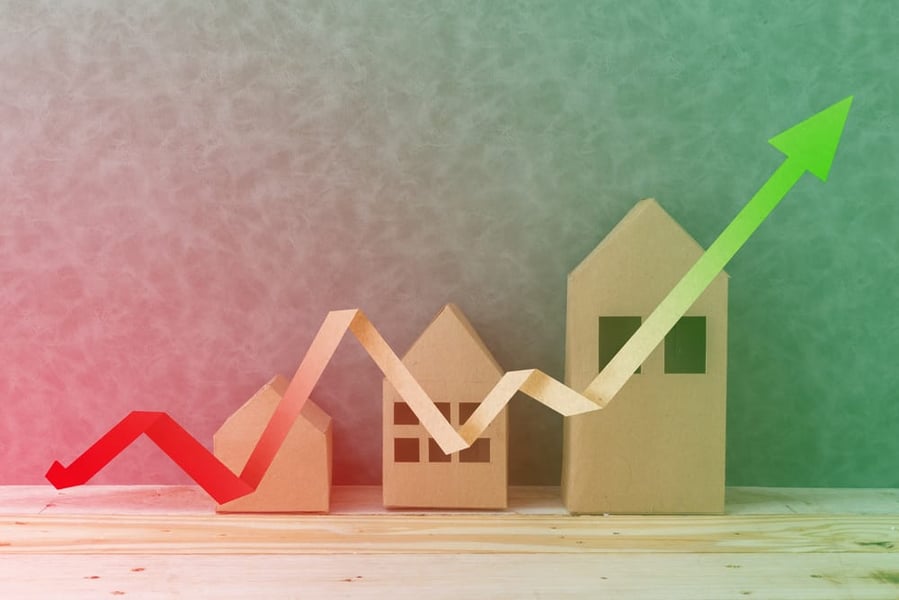The average asking rent in suburban areas across Great Britain is now £1,041 per calendar month, up from £940 in February 2020.

The imbalance of supply and demand for rental properties in suburban and rural areas has led to an 11% rise in asking rents compared to pre-pandemic levels, according to Rightmove.
The average asking rent in suburban areas across Great Britain is now £1,041 per calendar month, up from £940 in February 2020.
In rural areas, rents have jumped from £1,141 per calendar month to £1,264 now.
Urban rents are up by just £25 over the same time period, from £1,347 to £1,372.
Rightmove said a sustained desire from renters for more space outside of cities has led to increased demand for suburban properties, contributing to the number of available homes to rent in the suburbs dropping by 45% compared to before the pandemic, and 61% in rural areas.
This means more competition among tenants for the properties available, with tenant demand per rental property available in the suburbs rising by 155% compared to pre-pandemic levels, and soaring 224% in rural locations.
The analysis of more than 300,000 rental listings compared tenant demand and available rental stock across Great Britain in August 2021 with February 2020, to measure the impact of the pandemic on tenant behaviour and rental availability.
Of all the available rental properties on Rightmove, 64% were in urban locations, a jump up from 48% pre-pandemic.
The proportion of available properties in the suburbs dropped from 46% to 33%, while rural areas declined from 6% to 3%.
Tim Bannister, director of property data at Rightmove, said: “A notable impact of the pandemic on the rental market has been the change in distribution of available properties between urban and suburban areas.
"While the proportion of homes available to rent in urban and suburban areas remained steady in the years leading up to the pandemic, the data shows a significant change in 2020 as more renters looked to the suburbs.
"A desire to relocate and move to a home with more space has meant that demand has greatly outstripped supply in these areas and also in rural locations, which in turn is propping up asking rents.
"Now that more people are returning to offices at least part of the week, we’d expect to see greater demand for urban rentals over the coming months as more people need to be closer to work.
"However, the scale of change we’ve seen over the course of the pandemic means this shift isn’t going to happen overnight, and it will be interesting to continue to monitor the lasting impacts of the pandemic on demand in the rental market for the rest of the year.”
Darren Ellis, sales director at Bradleys Group, added: “Across our offices, which cover Somerset, Devon and Cornwall, the demand for properties in rural and semi-rural areas has reached fever pitch, with multiple applications for almost every property since the start of the year.
"As a result, tenants are offering above market prices to secure a property, and landlords can choose the application that best suits their position.
"The shortage of available homes, whether it be flats or houses, means landlords are experiencing short void periods.
"Whilst the market cooled very slightly towards the end of the summer, this appears to only reflect the lack of property, and not the demand from tenants, so it is likely this market will carry on for the foreseeable months over winter.”



